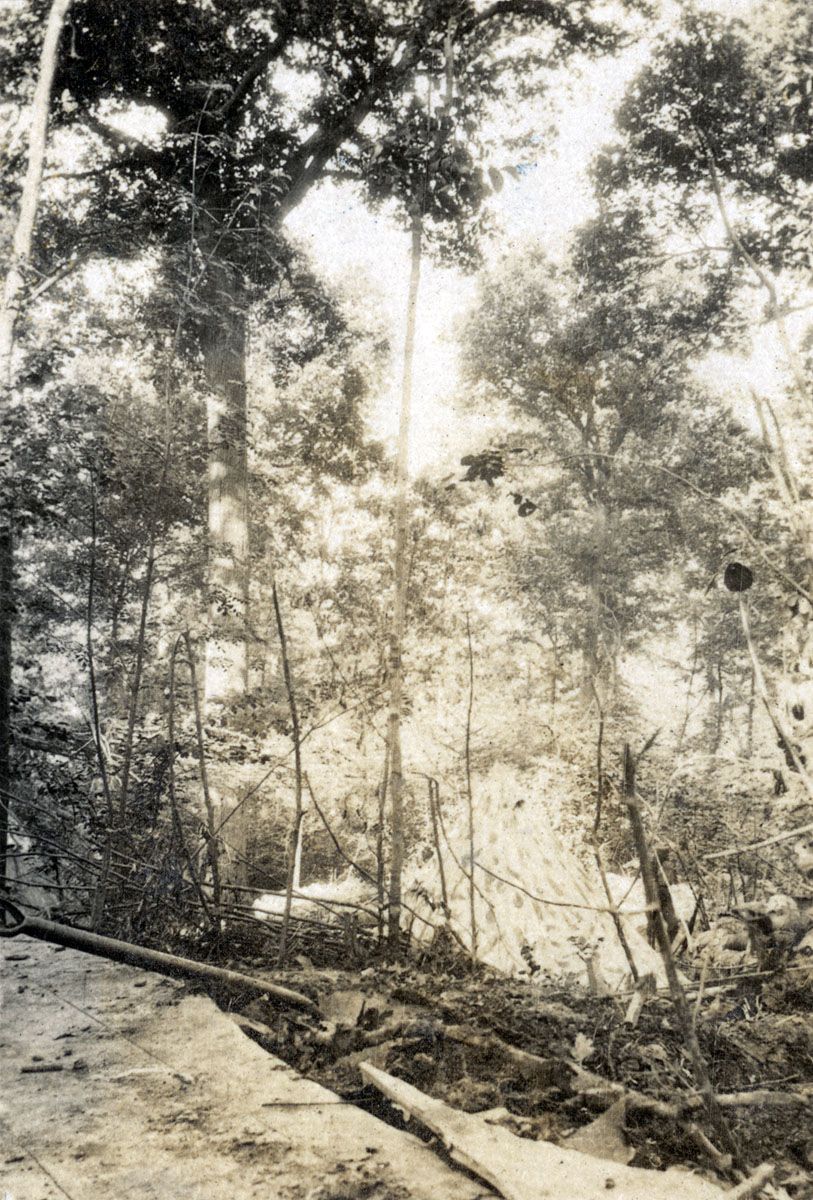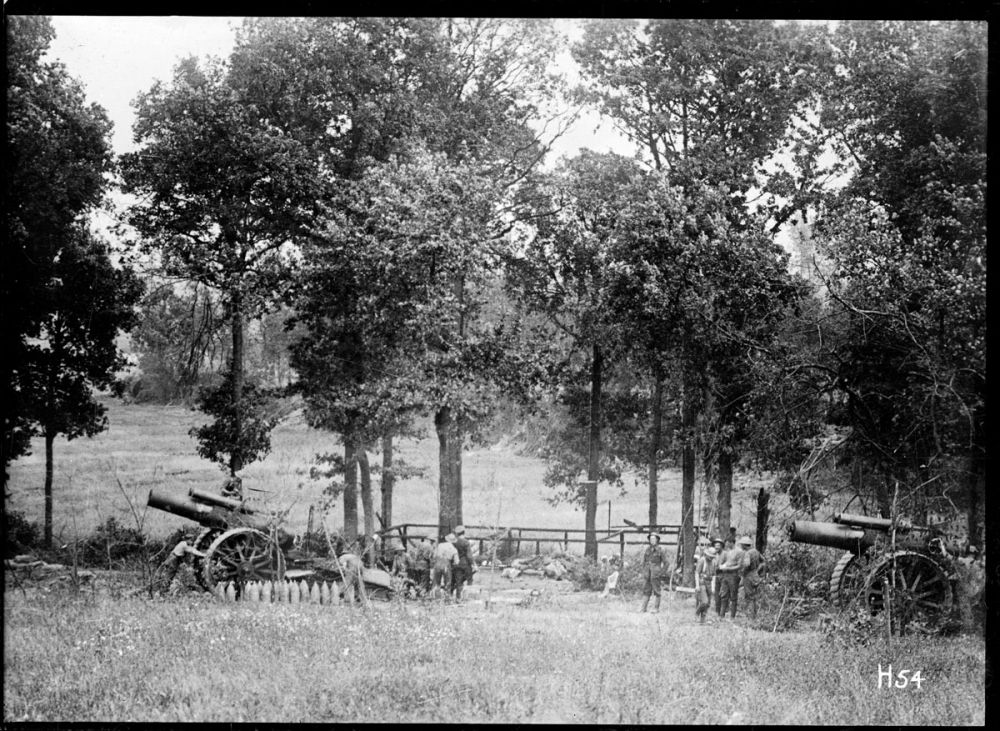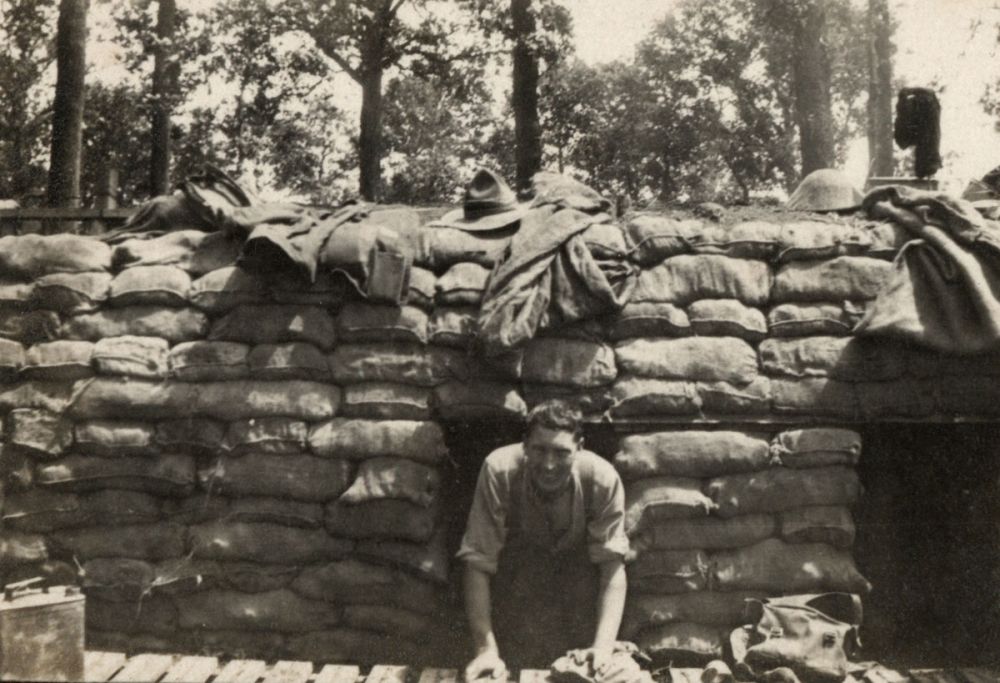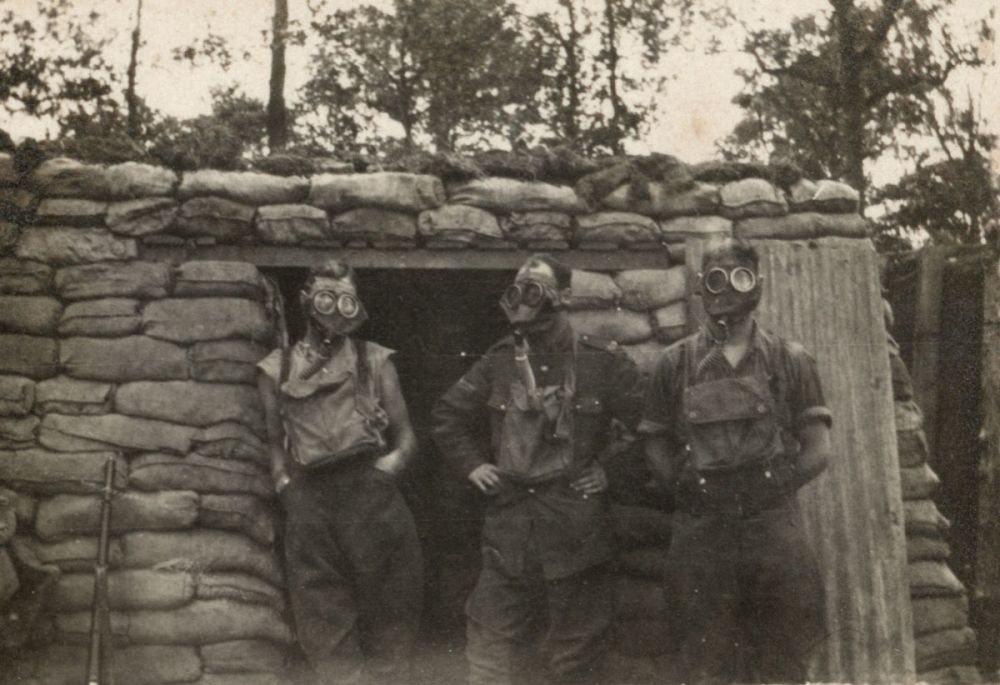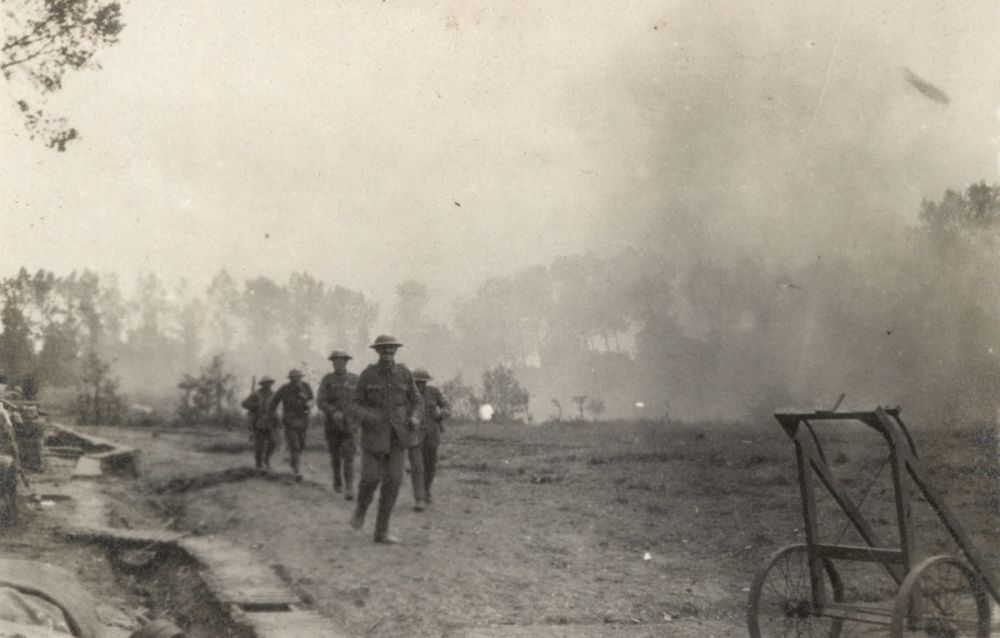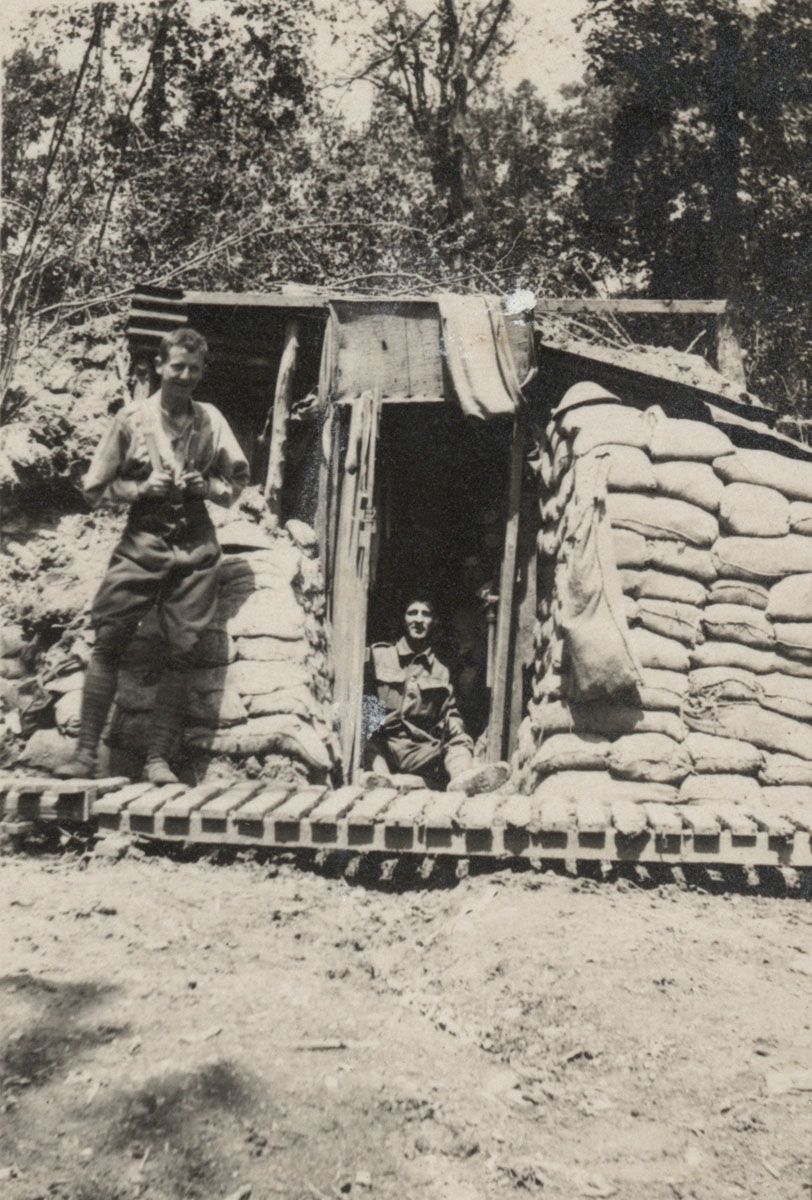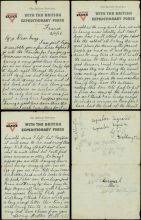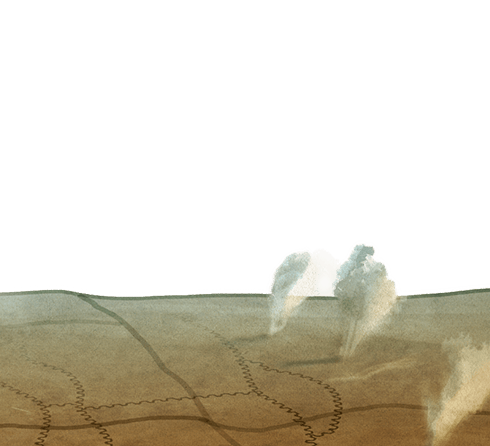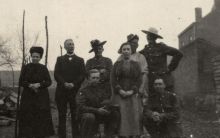Mud Corner Cemetery
You are now in Mud Corner Cemetery, a beautiful spot on the edge of Plugstreet Wood. The high ground in front of you - had been the German frontline, and behind you, in Plugstreet Wood, was all New Zealand ground by this stage. After the capture of Messines in June 1917, the New Zealand Division, as part of Godley’s 2nd ANZAC Corps, followed the retreating Germans back towards the river Lys on your right, and attacked La Basseville. You can walk through these woods today, and still see the trenches and bunkers where men lived and fought. You get a sense of how high the water table is here - with the damp ground. You wouldn’t need to dig much to find wet, slushy soil, and that’s why the trenches were built above ground, as breastworks, with sandbags and wood.
Around you are New Zealand soldiers who fell in the fighting, in June, and - in particular - on 27 and 31 July, at the beginning of the 3rdBattle of Ypres. If you look at some of the headstones, many of the men are in their twenties, then you have someone like Private E. Beach, aged 54, who was too old to be here. Beach was part of the Wellington Regiment, and clearly someone who lied about his age. He fought and died at La Basseville.
Many of the headstones are of NCOs. The Non-Commissioned Officers, and the commissioned platoon commanders were critical to the tactics that had evolved in the lead up to Messines. Everything depended on how well the infantry sections and platoons fought as a team, and leadership was the key. Attacking the German defences depended on how well a corporal, sergeant, or officer led his men in taking out the pillboxes and bunkers - destroying the machine gun posts. You have someone like Sergeant James Francis, who won the Distinguished Conduct Medal.
This medal was often called the ‘Soldier’s V.C.’ because someone who won it was also usually someone who’d been considered for a Victoria Cross, but had been awarded a DCM instead, the awarding of the Victoria Cross was strictly rationed. Francis was killed in the first attack on 27 July as a member of the Auckland Regiment. In fact, that wasn’t even his real name. His real name was James Henry Frew, as he was serving under an alias. So imagine - all around you are very experienced soldiers who had taken Messines and were then asked to expand on that success. And the cost from those battles is seen in this lovely little cemetery.


